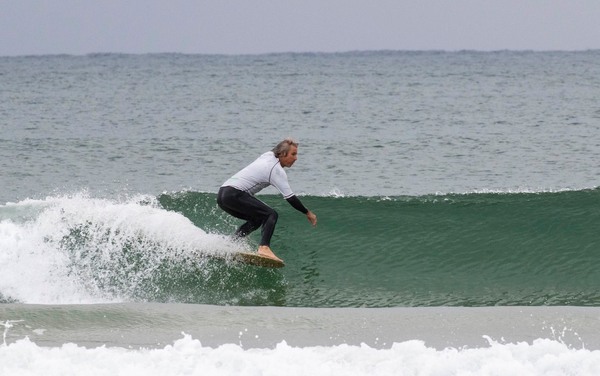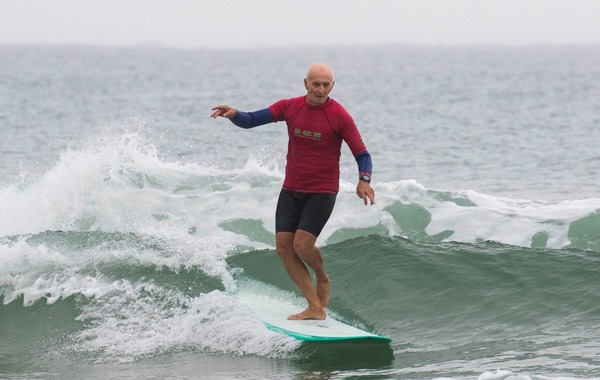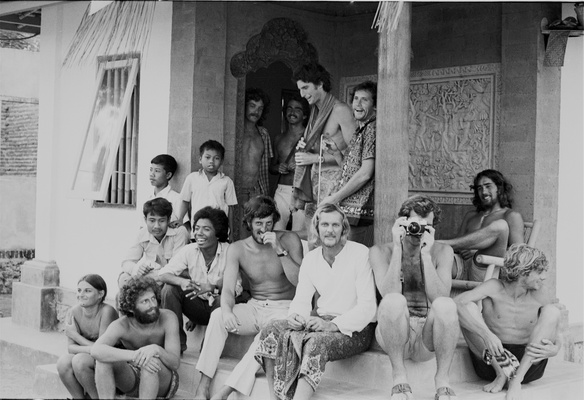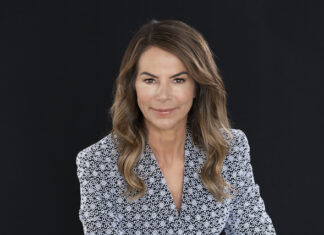One morning during my second trip to Bali in August, 1975, I was enjoying my breakfast of tea and bananas on the terrace outside my room at the Sunset Beach Bungalows after an early surf session at Kuta Reef when a long lanky dude screeched his motorbike to a halt in a cloud of dust in front of me.
“Dora’s at the Legian Beach Hotel and he’s agreed to an interview,” yelled Jack McCoy. “Grab your tape recorder and jump on!”
I’d met Jack, an affable surfer who’d grown up in Hawaii and first come to Australia on the Hawaiian team for the 1970 world titles at Bells Beach, the previous season in Bali when he and photographer partner Dick Hoole had spent a lot of days shooting Gerry Lopez and Rory Russell at Uluwatu. Now, as the new editor of Tracks magazine, I’d hired the duo to shoot stories on the ’75 season.
You have to remember that in 1975 Bali was the hottest news in the surfing world. Any good surfer who was not there already was saving the pennies for a package deal that got you an airline ticket, 35 nights accommodation and a motorcycle for under $400. That season in Bali any story was a good story, but Miki Dora, the Black Knight of Malibu, the most mysterious and revered surfer in the world who never gave interviews, just down the road and willing to talk! This was a next level scoop.
I jumped on the back of Jack’s bike and we zoomed through the sandy lanes of old Kuta and along the beach to the hotel. Jack found the room and knocked on the door. The shades were down and the door remained closed. “Miki, it’s Jack and I’ve got Jarratt from Tracks with me,” Jack called. We heard a shuffle on the bed. “What do you want?” The voice sounded old and croaky, which figured, I knew Dora was over 40. “We want to talk story.”
There was a grunt and the door was pushed ajar and we went in. Miki Dora lay sprawled on an unmade bed in a pair of white boardshorts, his eyes sparkling in the dark. I could make out a couple of surfboards on the floor alongside the bed, so I pushed them along and Jack and I both sat on the floor. I pulled out my tape recorder and Miki sprang to attention. “No tape recorders, no cameras,” he mumbled.
I looked at Jack, thinking why are we here? But Dora was fascinating, a stream of consciousness rave that encompassed early days at Malibu, going to school with James Dean, working on the Gidget movies, doing time for fraud and so much more. I got Jack to drop me off at the cane juice bar in Kuta where I sat in the corner and scribbled down every word I could remember. We published it under the title “A Conversation with Miki Dora” and it took Miki 25 years to forgive me, when we were neighbours in France for a few years.
In 2001 I brought him to Noosa as special guest of the surf festival. A few months later cancer claimed him.
As far as Jack McCoy is concerned, this was the first of many adventures I was to share with the man who was to become the best surf cinematographer of his era. The guy who got Occy off the couch and back into the surf to become a world champion has a million stories to tell about making many of our modern classic surf films, and fortunately for us, he’ll be telling some of them in Noosa next Thursday night, with special guest the legendary Wayne Lynch. The Jack McCoy Talk Story show premiered a few weeks back at Sydney’s Vivid Festival in front of a sellout crowd who were in raptures as Jack shared the untold stories of how his films were made.
His only Noosa show is at Land and Sea Brewery on Thursday, June 20. Tickets available at jackmccoy.com/talk-story
ENDNOTE: A couple of gremlins got into the works on this page last week. For the record, the headline I wrote – and not one I’d be submitting for a Walkley Award, I admit – was “Gore or Glory at The Box”, not “of glory”, which makes even less sense. And, as much as I may have needed some help, Margaret McColl didn’t fly back from holidays to co-write the column, as suggested by the byline. Is that enough nitpicking? Yes, I thought so. Bye.









